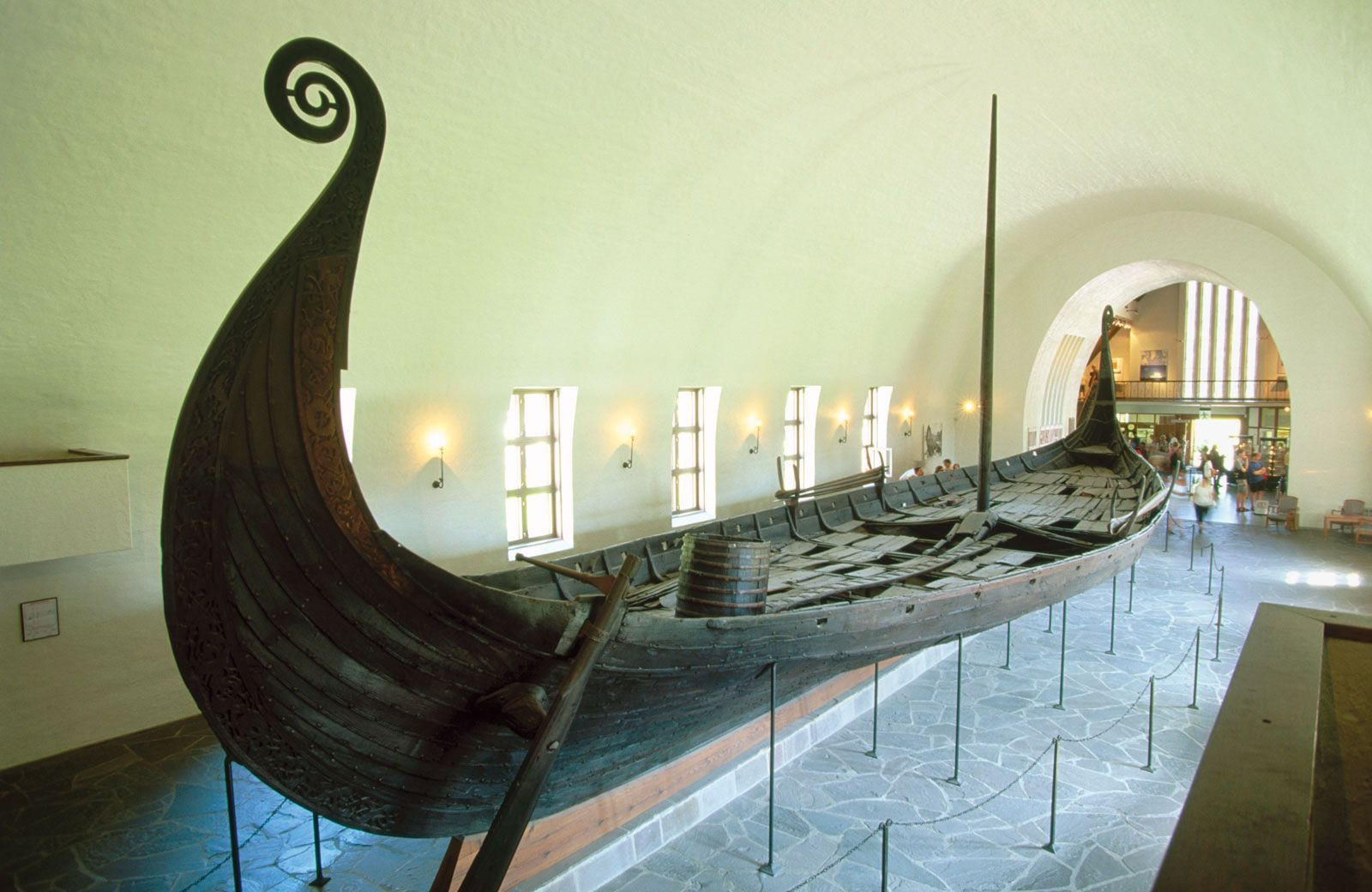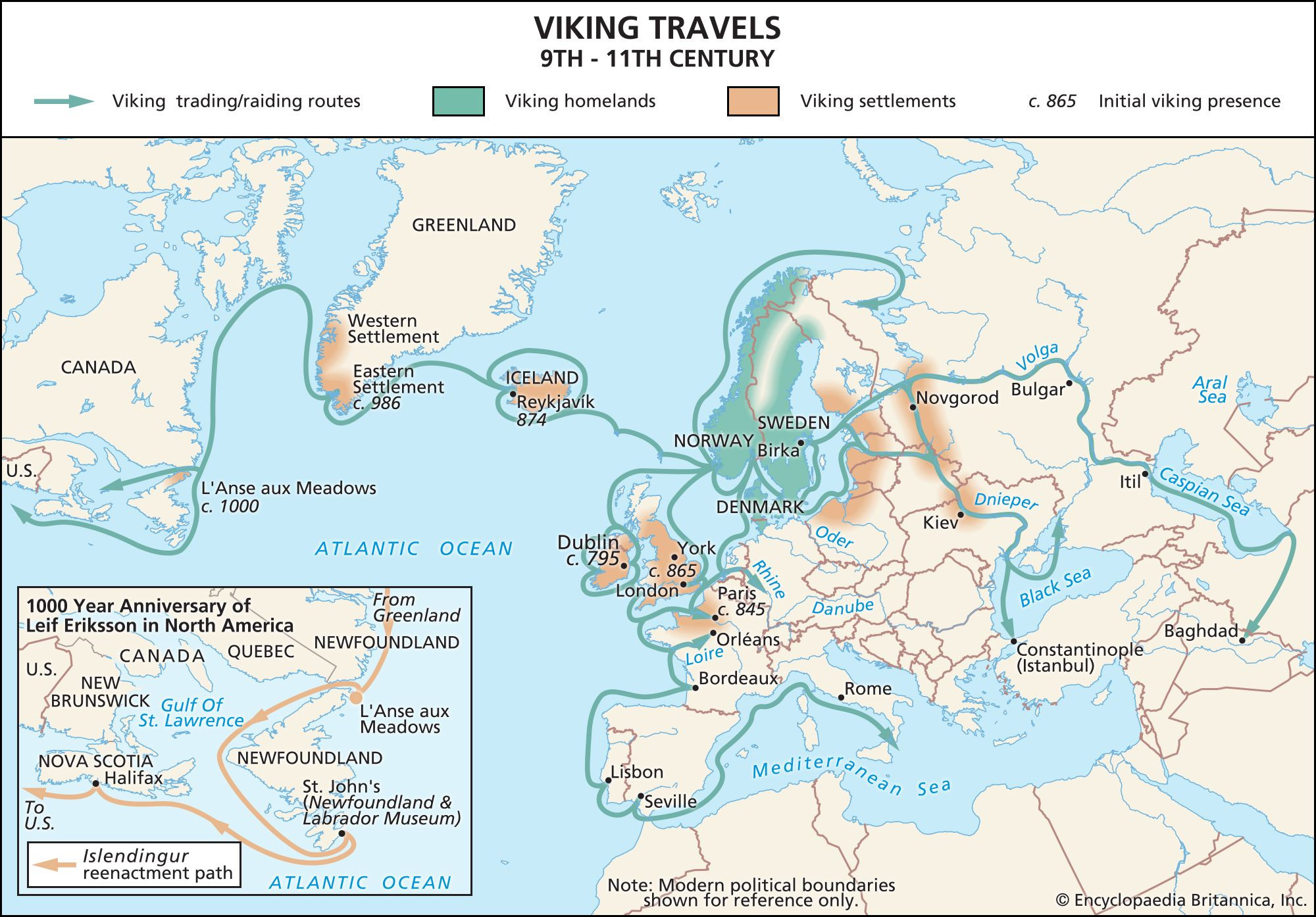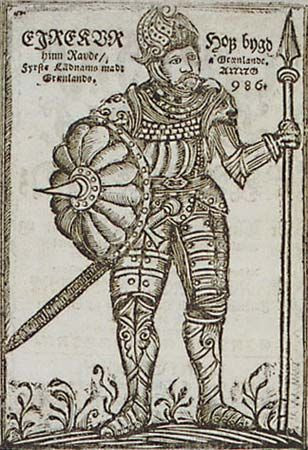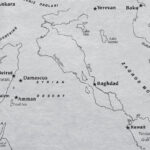The question of Viking origins leads us back to Scandinavia, the Norse homeland from which these seafarers, warriors, and traders emerged. The Viking Age, roughly spanning from the late 8th to the early 11th century, saw these Norsemen leave an indelible mark on history, raiding, trading, and settling across vast stretches of Europe and beyond. But to understand the Vikings, we must first pinpoint their geographical genesis: modern-day Denmark, Norway, and Sweden.
The Scandinavian Roots of the Vikings
Scandinavia, the peninsula in Northern Europe, is the geographical cradle of the Viking people. This region, characterized by its rugged coastlines, dense forests, and numerous islands, encompasses the countries we know today as Denmark, Norway, and Sweden. These three nations were not unified entities during the Viking Age, but rather a collection of petty kingdoms and chiefdoms, sharing a common Norse culture and language.
Denmark, the southernmost of the Scandinavian countries, occupied a strategic location controlling access to the Baltic Sea. Its relatively fertile lands and established agricultural practices likely contributed to population growth, potentially fueling the Viking expansion. Archaeological evidence in Denmark, such as the Viking burial ground at Lindholm Høje, offers insights into their society and beliefs.
Norway, with its long and mountainous coastline, fostered a strong seafaring tradition. Limited arable land and a challenging environment may have driven Norwegians towards the sea for resources and opportunities. They were instrumental in the westward Viking expansion, settling Iceland, Greenland, and even reaching the shores of North America. The well-preserved Viking ships, like those housed in the Viking Ship Museum in Oslo, Norway, stand as testaments to their nautical prowess.
 Exhumed Viking longship on display at the Viking Ship Museum in Oslo, Norway, showcasing Norse seafaring expertise.
Exhumed Viking longship on display at the Viking Ship Museum in Oslo, Norway, showcasing Norse seafaring expertise.
Sweden, while also maritime, had a significant eastward orientation. Swedish Vikings, often referred to as Varangians in Eastern sources, explored and traded along the rivers of Russia, reaching as far as the Black and Caspian Seas. Their influence extended into the Baltic region and Russia, establishing trade routes and settlements.
The people inhabiting these Scandinavian regions before and during the Viking Age shared a common Germanic heritage and spoke Old Norse, a language from which modern Scandinavian languages descend. Their society was characterized by a hierarchical structure, with chieftains, freemen, and slaves, and a rich pagan religion centered on gods like Odin, Thor, and Freyja.
Understanding the Viking Age
The Viking Age, typically dated from the raid on Lindisfarne in 793 to the Battle of Stamford Bridge in 1066, was a period of intense Scandinavian activity. Several factors are believed to have propelled the Viking expansion. Population growth in Scandinavia may have strained resources, leading to a search for new lands and wealth. The lure of riches from wealthier, less defended regions of Europe was undoubtedly a strong motivator. Furthermore, the ambition of chieftains and the availability of skilled warriors and advanced shipbuilding technology facilitated long-distance voyages and raids.
The term “Viking” itself is believed to derive from the Old Norse word “víkingr,” which likely meant “pirate” or “raider.” This accurately reflects the initial interactions of Scandinavians with many parts of Europe, characterized by raiding and pillaging coastal settlements and monasteries. However, the Viking Age was not solely about violence. Vikings were also traders, explorers, and settlers, establishing long-lasting communities and trade networks across their vast sphere of influence.
Viking Expansion and Raids Across Europe
The impact of the Vikings on Europe was profound and multifaceted. In England, Viking raids began in the late 8th century, escalating in the mid-9th century with the arrival of the Great Heathen Army. Viking forces conquered and settled large parts of England, establishing the Danelaw, a region under Viking law and custom. Figures like Ivar the Boneless and Halfdan Ragnarsson led these conquests, and although Alfred the Great of Wessex resisted fiercely, Scandinavian influence remained deeply embedded in English society, language, and place names.
 Map illustrating Viking travel routes and settlement areas across Europe and the North Atlantic during the Viking Age, highlighting their extensive reach.
Map illustrating Viking travel routes and settlement areas across Europe and the North Atlantic during the Viking Age, highlighting their extensive reach.
Westward, Norwegian Vikings discovered and settled Iceland around the 9th century, creating a unique Norse society in the North Atlantic. From Iceland, they further ventured to Greenland and even attempted settlements in North America, which they called Vinland. Erik the Red played a key role in the colonization of Greenland, while Leif Eriksson is credited with leading the Viking expeditions to Vinland, evidenced by archaeological findings at L’Anse aux Meadows in Newfoundland.
 Historical woodcut of Erik the Red, a key figure in Viking exploration and the Norse settlement of Greenland.
Historical woodcut of Erik the Red, a key figure in Viking exploration and the Norse settlement of Greenland.
In Ireland, Viking raids commenced in the late 8th century, leading to the establishment of Viking kingdoms in Dublin, Waterford, and Limerick. These Viking settlements became important trading centers and exerted considerable political influence. The Battle of Clontarf in 1014, while a defeat for the Irish Vikings, did not entirely diminish their presence, and Scandinavian communities remained significant in Ireland for centuries.
Conclusion
In conclusion, the Vikings originated from Scandinavia, specifically the regions that today constitute Denmark, Norway, and Sweden. Driven by a complex interplay of factors, including geographical conditions, population dynamics, and the allure of wealth and adventure, they embarked on an era of expansion that reshaped the map of Europe and left a lasting legacy. From the fjords of Norway to the plains of Denmark and the forests of Sweden, Scandinavia was the launchpad for the Viking Age, a period that continues to fascinate and influence our understanding of history.

